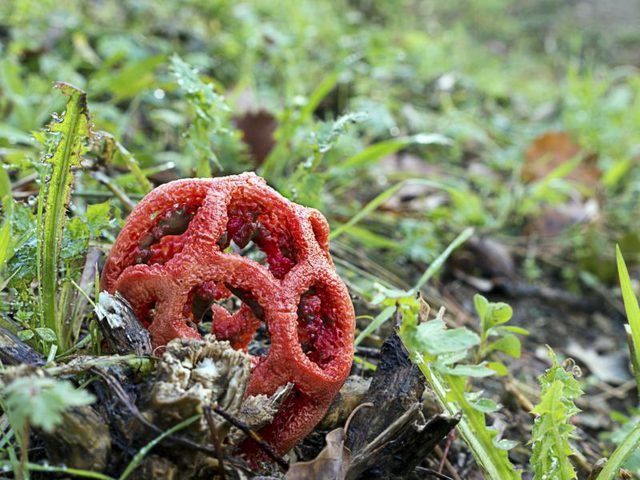Bulbs
Flower Basics
Flower Beds & Specialty Gardens
Flower Garden
Garden Furniture
Garden Gnomes
Garden Seeds
Garden Sheds
Garden Statues
Garden Tools & Supplies
Gardening Basics
Green & Organic
Groundcovers & Vines
Growing Annuals
Growing Basil
Growing Beans
Growing Berries
Growing Blueberries
Growing Cactus
Growing Corn
Growing Cotton
Growing Edibles
Growing Flowers
Growing Garlic
Growing Grapes
Growing Grass
Growing Herbs
Growing Jasmine
Growing Mint
Growing Mushrooms
Orchids
Growing Peanuts
Growing Perennials
Growing Plants
Growing Rosemary
Growing Roses
Growing Strawberries
Growing Sunflowers
Growing Thyme
Growing Tomatoes
Growing Tulips
Growing Vegetables
Herb Basics
Herb Garden
Indoor Growing
Landscaping Basics
Landscaping Patios
Landscaping Plants
Landscaping Shrubs
Landscaping Trees
Landscaping Walks & Pathways
Lawn Basics
Lawn Maintenance
Lawn Mowers
Lawn Ornaments
Lawn Planting
Lawn Tools
Outdoor Growing
Overall Landscape Planning
Pests, Weeds & Problems
Plant Basics
Rock Garden
Rose Garden
Shrubs
Soil
Specialty Gardens
Trees
Vegetable Garden
Yard Maintenance
How to Kill a Stinkhorn Fungus
How to Kill a Stinkhorn Fungus. Stinkhorn fungi grow in an astonishing array of forms. The most ordinary of them resemble morel mushrooms (Morchella spp.). More exotic are the bright red or pink starfish stinkhorns (Aeseroe rubra). The most inappropriately named is the elegant stinkhorn (Mutinus elegans). For obvious reasons, the slender, erect...

Stinkhorn fungi grow in an astonishing array of forms. The most ordinary of them resemble morel mushrooms (Morchella spp.). More exotic are the bright red or pink starfish stinkhorns (Aeseroe rubra). The most inappropriately named is the elegant stinkhorn (Mutinus elegans). For obvious reasons, the slender, erect pink-stalked growth is better known as dog stinkhorn. They're harmless to other plants, but you may find their rotten-meat or animal-feces odor intolerable. No chemicals control stinkhorns, but cultural measures may minimize their presence in your garden.
Before You Act
As repulsive as they look and smell, stinkhorns aren't all bad. As saprophytes, they feed on dead plant material, including decaying roots and wood. Many of them help break down wood mulch so it feeds the soil. You're not likely to notice them until their stalks and fruiting bodies erupt suddenly from egg-shaped underground structures. Within hours, the smell of their ripening spore masses dupes flies and beetles into landing to feed. They don't stay long, and depart loaded with spore slime that germinates wherever they land or crawl on more dead vegetation or wood. Wind doesn't disperse the spores, so the stinkhorns' survival depends on their bug-enticing odor. Within a few days, they collapse and dry up on their own.
The Direct Attack
Stinkhorns typically become a problem during cool, damp weather. Where winters are cold, they often sprout during late summer or early fall. In milder climates, winter rain triggers their arrival. Begin monitoring your yard at the appropriate time and knock the stalks over as soon as they sprout, before their spore masses ripen. If they've already reached the smelly stage, put them in sealable plastic bags and put them in the trash. Handle them with gloves so you don't bring the smell indoors.
The Preemptive Strike
When you've removed the visible stinkhorns, rake back the surrounding mulch or plant debris and examine the soil. Dig up any white egg structures you find and seal them in plastic bags for disposal in the trash. This eliminates any short-term sprouting, but it doesn't solve the problem. Before they reach the egg and fruiting stages, stinkhorns grow as white mycelial mats that break down plant material. Eventually, these mats form new eggs and the battle resumes.
The Preventive Approach
Wood mulch is a favorite stinkhorn meal, so consider replacing it with a noninvasive evergreen ground cover, such as cotoneaster (Cotoneaster cochleatus), which grows in U.S. Department of Agriculture plant hardiness zones 5 through 7. For warmer climates, Korean boxwood "Tide Hill" (Buxus sinica var. insularis "Tide Hill," USDA zones 5 though 9) is an attractive choice. As an added precaution, clear your yard of dead branches, stumps and roots that might feed stinkhorn mycelia.